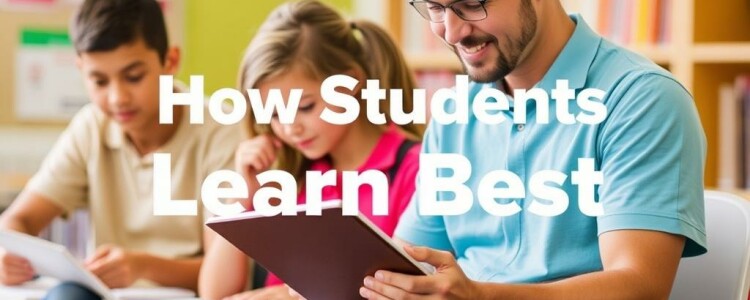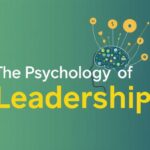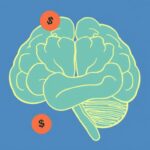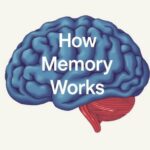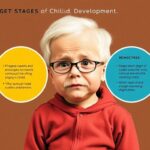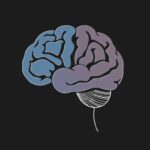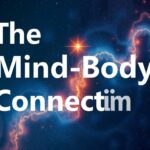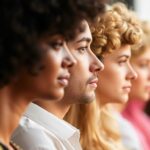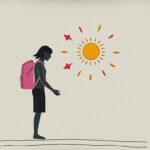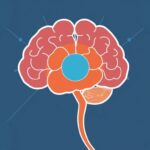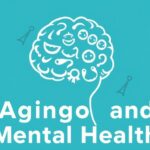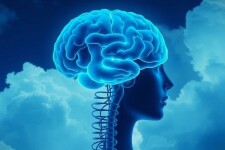Every student has a unique way of understanding and retaining information, but some methods and environments prove to be universally beneficial. Understanding how students learn best is crucial not just for educators, but for students themselves, parents, and anyone involved in the learning process. When we explore the science of learning, the role of motivation, diverse learning styles, and the impact of environment, we discover strategies that can dramatically enhance educational experiences. This article delves into the essential aspects of effective learning, providing useful insights that will help learners maximize their potential.
What Does It Mean to Learn Best?
Learning best doesn’t mean one-size-fits-all. It represents a state where students absorb information effectively, can apply what they’ve learned, and retain knowledge over time. When students learn best, they are engaged, motivated, and able to connect new ideas with existing knowledge. But what factors contribute to this optimal learning state? Let’s explore some key components.
The Role of Motivation in Learning
Motivation is a powerful driver in the learning process. Without the desire to learn, even the best teaching methods fall short. Students who are motivated approach learning with curiosity and persistence. This motivation can stem from intrinsic factors, like personal interest and goals, or extrinsic rewards, such as grades and recognition.
Educators can foster motivation by creating tasks that are meaningful and appropriately challenging. When students see relevance in their learning, they are more likely to engage deeply. Moreover, positive feedback and support help sustain motivation over time.
Understanding Different Learning Styles
People often talk about “learning styles,” describing preferences such as visual, auditory, reading/writing, and kinesthetic learning. While it’s important to remember that students rarely fit into just one category exclusively, tailoring instruction to accommodate various learning styles can help students learn best.
- Visual learners benefit from images, diagrams, and graphical organizers.
- Auditory learners understand concepts better through listening and discussions.
- Reading/Writing learners thrive when working with texts and notes.
- Kinesthetic learners need movement and hands-on experiences to grasp new ideas.
Recognizing these differences allows teachers and students to pick learning strategies that feel most natural and productive.
Strategies That Help Students Learn Best
Now that we’ve examined the core elements, let’s delve into practical strategies that support the best learning outcomes. These approaches are rooted in research and have been repeatedly shown to improve student understanding and retention.
Active Learning
Active learning involves engaging with material in dynamic ways, rather than passively receiving information. Examples include group discussions, problem-solving activities, and teaching others. Active learning promotes deeper cognitive processing, helping students internalize knowledge more effectively.
Spaced Repetition and Practice
One of the most effective ways students learn best is by revisiting material over spaced intervals. Instead of cramming, spaced repetition ensures information moves from short-term to long-term memory. Frequent practice and quizzes also help solidify knowledge and reveal areas needing improvement.
The Power of Feedback
Timely and constructive feedback guides learners on their journey. It helps identify strengths and areas for growth, making the learning process transparent and manageable. Students learn best when they know what they are doing right and how to improve, rather than simply receiving a grade.
Goal Setting and Self-Regulation
Teaching students to set realistic learning goals and monitor their own progress fosters independence and motivation. Self-regulated learners often outperform peers because they take ownership of their education and adapt strategies as needed.
The Learning Environment’s Impact on How Students Learn Best
Learning is profoundly affected by environment—not just the physical setting but also the social and emotional climate. Imagine trying to concentrate in a noisy, overcrowded room versus a calm, well-lit space. The difference is dramatic.
| Aspect | Positive Impact | Negative Impact |
|---|---|---|
| Physical Space | Comfortable seating, good lighting, minimal distractions | Poor lighting, cramped space, noisy environment |
| Social Environment | Supportive peer interaction, collaborative culture | Bullying, isolation, competitive pressure |
| Emotional Climate | Encouragement, trust, positive reinforcement | Stress, fear of failure, negative criticism |
Creating optimal learning environments helps students focus, engage, and feel safe to explore new ideas. Teachers who cultivate positive classroom climates see students thrive academically and personally.
Technology and How Students Learn Best in the 21st Century
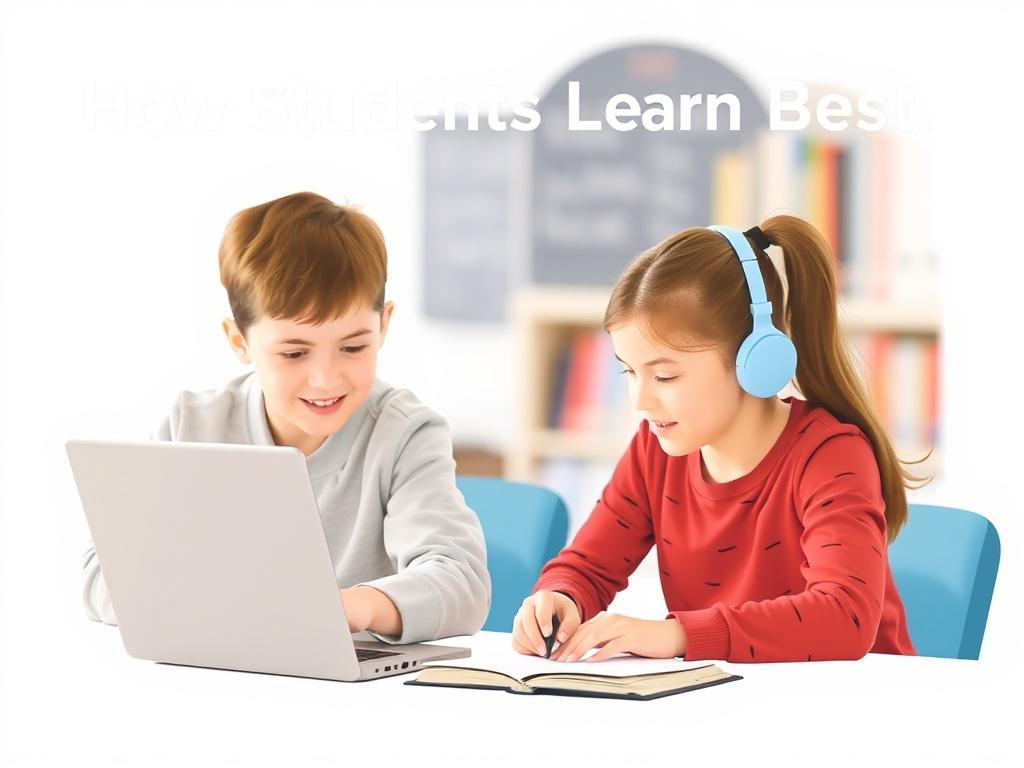
Digital tools have transformed education, but how do they fit into the picture of how students learn best? Technology offers access to vast information, interactive experiences, and personalized learning paths.
With tools like educational apps, video tutorials, and virtual classrooms, students can learn in ways that suit their pace and style. However, effective use of technology requires guidance to avoid distractions and ensure meaningful engagement.
The best learning integrates technology thoughtfully—supporting, rather than replacing, active and social aspects of education.
Examples of Effective Educational Technology Use
- Adaptive learning software that adjusts difficulty based on student performance.
- Online discussion forums encouraging collaboration and peer feedback.
- Multimedia content that combines visuals, audio, and interactive elements.
When technology aligns with students’ needs and learning principles, it enhances motivation and accessibility.
Common Challenges in Learning and How to Overcome Them
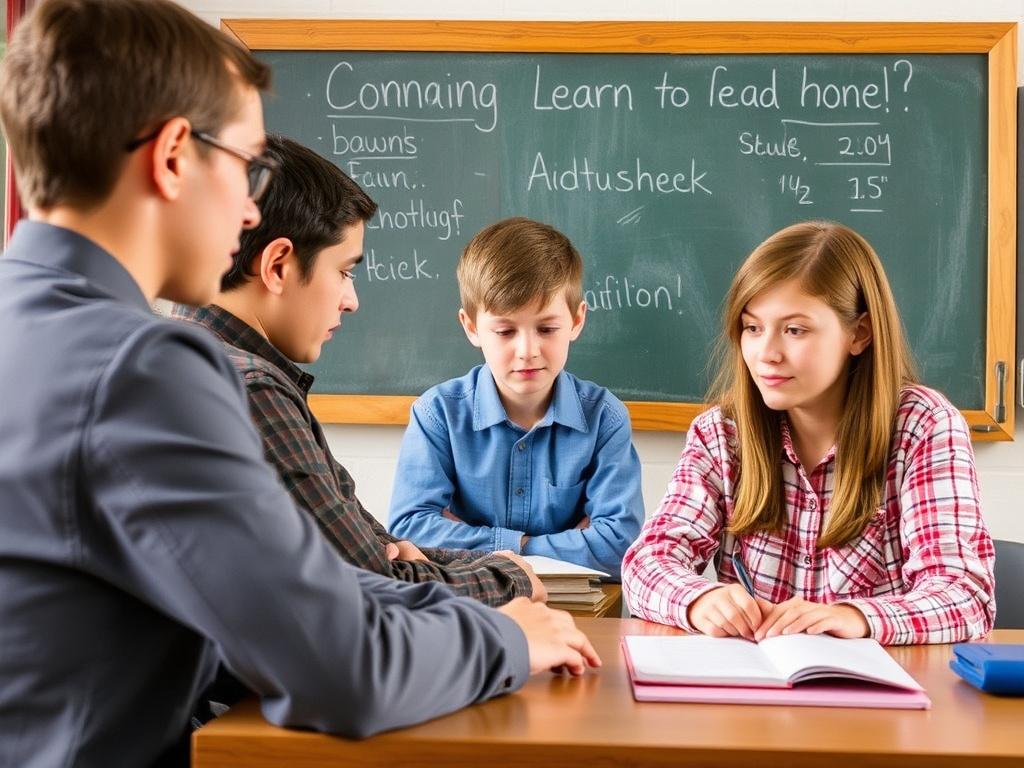
Almost every student encounters obstacles on the path to learning. Identifying these challenges is the first step to overcoming them and facilitating better learning experiences.
Procrastination and Time Management
Many students struggle to manage their study time effectively. Procrastination often leads to last-minute cramming, which doesn’t support deep learning. Teaching time management skills and encouraging regular study routines helps students learn best over the long term.
Distractions and Lack of Focus
In a world full of digital distractions, maintaining focus can be difficult. Establishing a distraction-free study space and using techniques like the Pomodoro method (work intervals followed by breaks) can improve concentration and retention.
Test Anxiety and Performance Pressure
Stress can inhibit learning and recall. Supportive environments and teaching stress management techniques—like mindfulness and breathing exercises—help students retain information and perform their best during assessments.
Lack of Confidence
Students who doubt their abilities may avoid challenges or give up easily. Positive reinforcement and opportunities for small successes build confidence over time, which is a critical ingredient in how students learn best.
Summary Table: How Students Learn Best – Key Elements and Tips
| Element | Description | Tips |
|---|---|---|
| Motivation | Desire and drive to learn | Set personal goals, find relevance, celebrate progress |
| Learning Styles | Preferred ways of processing information | Use varied materials: visuals, audio, hands-on activities |
| Active Learning | Engaging with material actively | Participate in discussions, teach others, solve problems |
| Spaced Practice | Reviewing content over time | Use flashcards, schedule regular reviews, practice quizzes |
| Feedback | Information about performance | Seek and reflect on feedback; adjust strategies |
| Learning Environment | Physical, social, emotional context | Create comfortable, supportive, and distraction-free spaces |
| Technology | Digital tools to support learning | Use adaptive software and multimedia thoughtfully |
How Parents and Educators Can Support Students in Learning Best
Helping students learn best extends beyond the classroom. Parents and educators play vital roles in encouraging good habits and attitudes about learning.
Establishing Routines and Structure
Consistent schedules create predictability that students find reassuring. Establishing regular study times and breaks helps with time management and reduces procrastination.
Encouraging Curiosity and Questions
Curiosity drives deeper learning. Encouraging students to ask questions and explore topics beyond the curriculum fosters a love of learning that lasts a lifetime.
Providing Emotional Support
Validation of feelings and encouragement during struggles build resilience. Helping students understand that mistakes are part of learning empowers them to take risks and bounce back.
Modeling Effective Learning Behaviors
Parents and teachers who demonstrate curiosity, organization, and a growth mindset inspire students to adopt similar approaches. Sharing personal learning experiences can make the process relatable.
Innovations and Future Directions in Student Learning
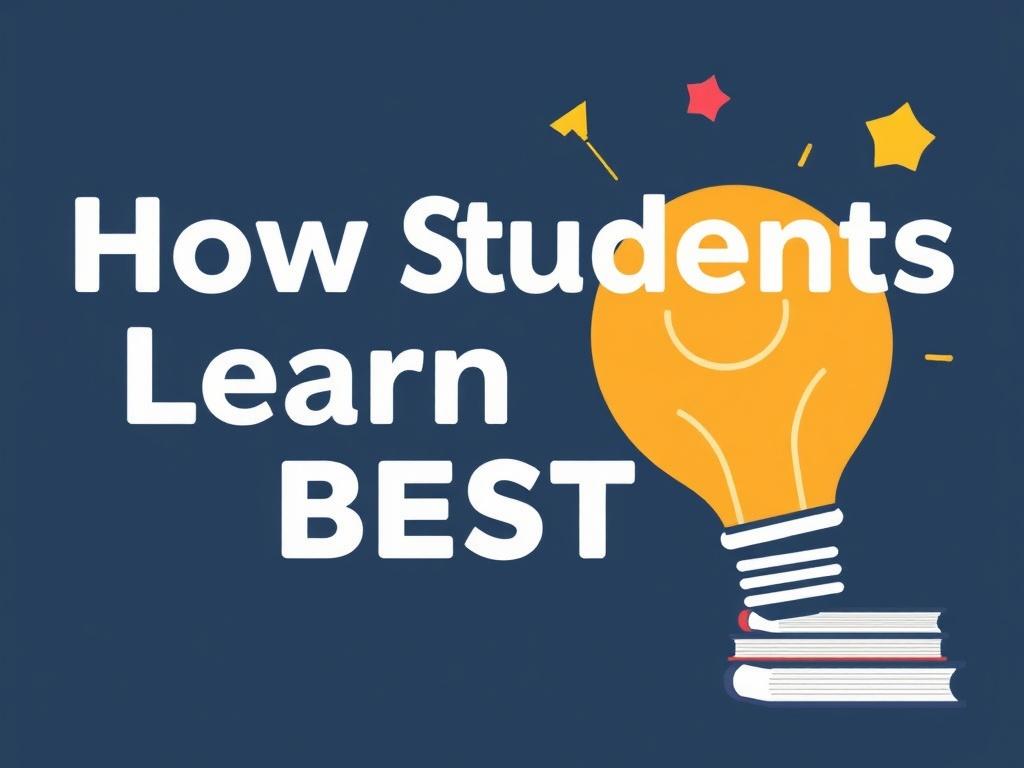
Research in cognitive science and education continually informs how students learn best. Innovations like personalized learning platforms, AI tutors, and immersive VR experiences are breaking new ground. These technologies promise to tailor learning to individual needs like never before, making education more accessible and effective.
Equally important is the growing focus on social-emotional learning (SEL), which supports students’ interpersonal skills and emotional health—crucial for lifelong success. Integrating SEL with academic learning equips students not only to learn best but to thrive in all areas of life.
Examples of Emerging Trends
- AI-Based Tutoring: Customized instant feedback and adaptive lessons.
- Gamification: Using game elements to boost motivation and engagement.
- Collaborative Online Platforms: Facilitating peer interaction and shared problem-solving.
- Mindfulness Programs: Enhancing focus and emotional regulation.
As education evolves, understanding how students learn best remains a central inquiry guiding innovation and teaching practices alike.
Conclusion
Understanding how students learn best is a multifaceted endeavor, shaped by motivation, learning styles, active engagement, and supportive environments. By embracing diverse strategies like spaced repetition, goal setting, and the thoughtful integration of technology, educators and learners can unlock the full potential of education. Overcoming common challenges and fostering positive social and emotional climates further enhances this process. Ultimately, learning best is about personalization and adaptability—recognizing that every student’s path is unique and therefore requires a range of supports and approaches. With the ongoing advancements in educational research and technology, the future promises even greater opportunities for students to thrive and achieve their goals in learning.

